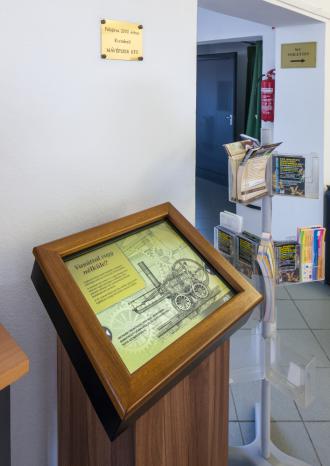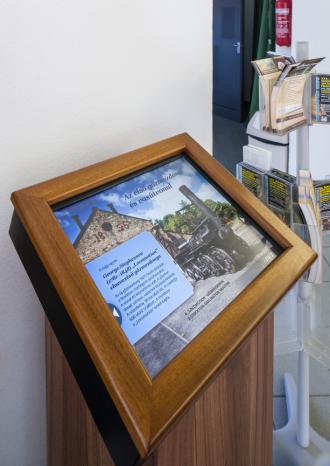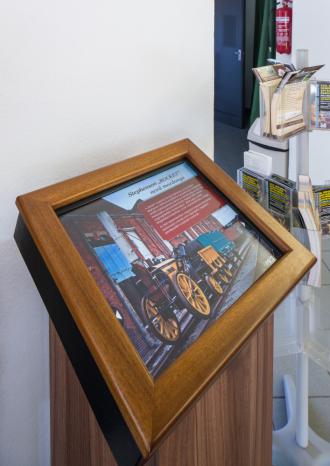How to do it step by step
1st Step:
Choosing a topic for the installation that fits in with the museum
We wanted to find a topic for the installation that fits in with the museum. Among the Millennium Developmental Goals, the topics of eliminating poverty and global partnership have not yet been addressed through an installation.
2nd Step:
Collecting data and information
We collected data and facts about the history of railways through internet research and consulting the museum’s library. On the internet, we found out about the history of the railway in Beira, Mozambique.
3rd Step:
Preparing the plan
After deciding to produce a slide show, we wrote all the texts that we wanted to use and left space for the graphics.
4th Step:
Purchasing a touchscreen system
In order to find [a touchscreen system supplier with accompanying technical support], we asked for several quotes. Finally, we chose an external subcontractor to programme the software and ordered the [touchscreen system] afterwards.
5th Step:
Graphics
In conjunction with the graphic designer, we produced all the spectacular slides. To achieve this, we had to buy many pictures. It is important to factor this item into the budget.
6th Step:
Programming the touchscreen terminal
For programming the terminal, we used the help of an external programmer. He helped us to order the necessary software and programmed the terminal in a way that is easy to manage.






















